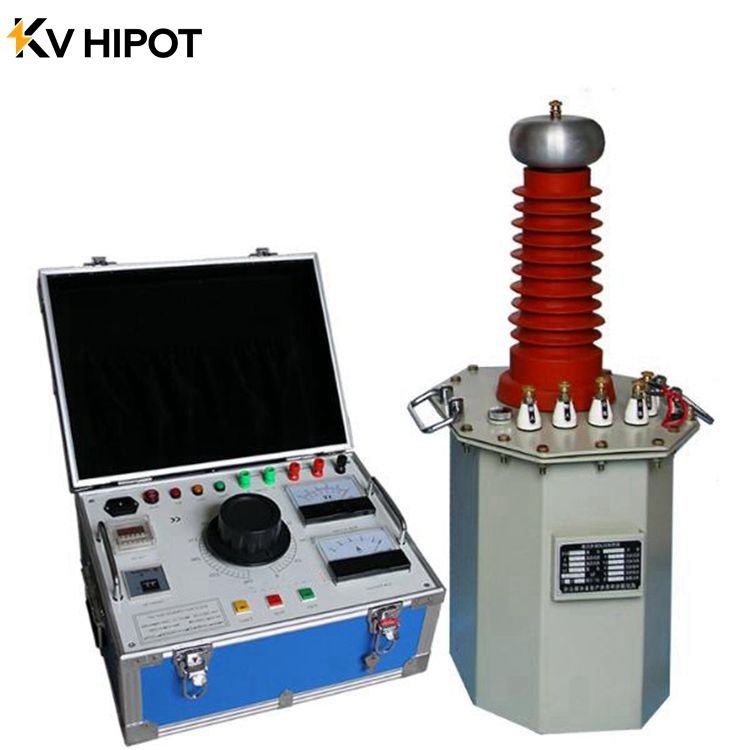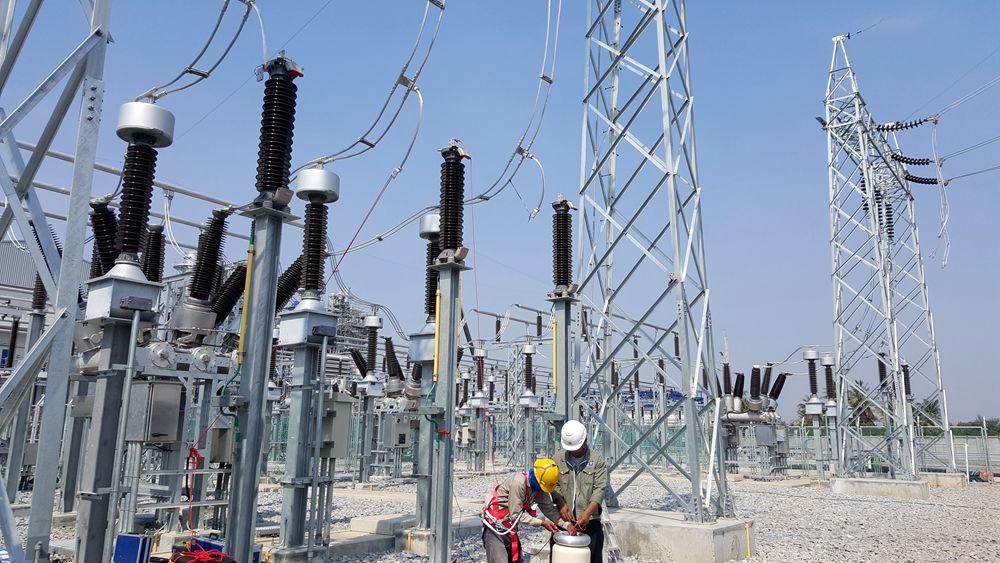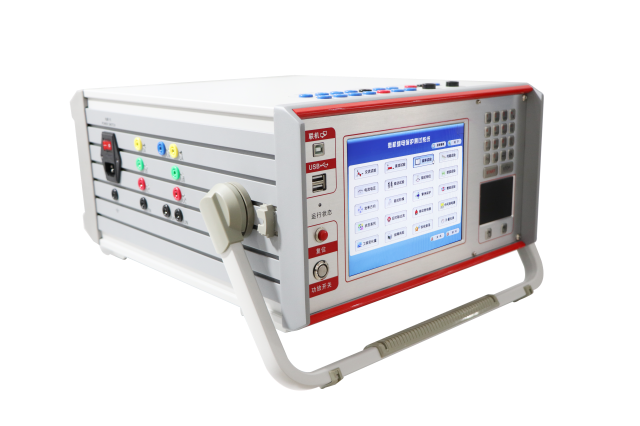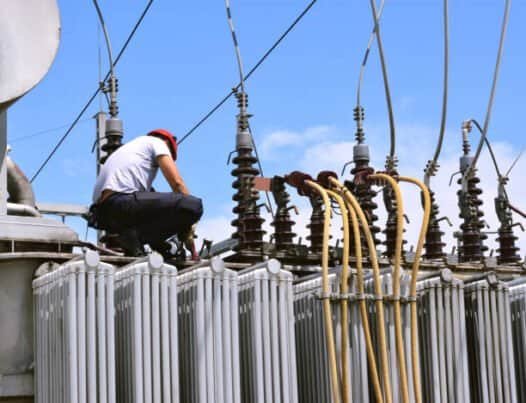In this article, you’ll learn more about the hipot test and two different kinds of hipot test methods. You will know the distinction between two kinds of AC Hipot Test and DC Hipot Test .
What is hipot test
Hipot test is short for high potential test and it is also called dielectric withstand test or pressure test or insulation test. Hipot test is a nondestructive test that determines the effectiveness of its insulation for withstanding over transient high voltage. It is high voltage test that is applied to all devices to ensure electrical insulation material is adequate.
Proceeding with the hipot test is helpful to find the possible defects and Inadequate creepage and clearance distances during the manufacturing process.
Why do perform hipot test?

Normally power system voltage wave is a sine wave. The voltage in some parts of the power system rise suddenly and greatly exceed rated voltage caused by a lightning strike, operation, fault and improper parameter of electrical equipment. That is over-voltage. The result in overvoltage is classified as two reasons according to the occur reasons.
One reason is that over-voltage is caused by a directly lighting strike or lighting induction. The amplitude of lightning impulse current and impulse voltage is very large. That is a short duration time and destructive test. Some electric equipment overhead lines of 3-10kV or below in towns and cities are relatively safe due to the shielding protection of factories or tall buildings, so the probability of a direct lightning strike is very small.
Another reason is that caused by energy conversion or parameter changes in the power system. Disconnection of no-load line, cutting off no-load transformer, single-phase arc grounding occurs in the system, which is called internal overvoltage. Internal overvoltage is the main basis to determine the normal insulation performance of various electrical equipment in a power system. Product insulation structure should take into account not only the rated voltage but also the internal overvoltage when the product is used in. Withstand voltage test is to check the insulation structure of the product which can withstand the internal overvoltage of the power system.
To determines the adequacy of dielectric strength for electrical material, there are two testing methods AC Hipot Test and DC Hipot Test.
AC Hipot Test Adavantage
AC Hipot Test is more easier acceptable by safety insitutions than DC hipot Test. The main advantage of an ac hipot test is that it can check both voltage polarities when the majority of test object work under AC voltage. That is a more practical application when you use it.
AC Hipot Test will not charge for capacitive load device, current reading keeps same from loading voltage to finishing the test. Since there is no stabilization problem required to monitor current readings, there is no need to gradually increase the voltage. This means that unless the product under test senses a suddenly applied voltage, the operator can immediately apply the full voltage and read the current without waiting. Since the AC voltage does not charge the load, there is no need to discharge the device under test after the test.
AC Hipot Test Disadvantage
When testing capacitive loads, the total current is composed of reactive current and leakage current. When the capacitve current is much higher than the actual leakage current, it may be hard to measure the product with an exceeding leakage current. When testing large capacitive loads, The request total current is much higher than the leakage current . That can be a greater hazard when operators are exposed to higher current
DC Hipot Test Advantage
A test object is fully charged, and the flowing current is the actual leakage current. When you use DC Hipot Tester, it can display the true leakage current of the test object. The charge current is transient, and the power of DC hipot tester is much lower than the one of AC Hipot tester for a same test object.
DC Hipot Test Disadvantage
Using DC hipot tester, the capacitors of the test object in the circuit could be charged, hence, the test object need to discharge after hipot testing to eliminate the hazard of electric shock for operators. So that, it is good to always ensure that a product is discharged before it is handled.
Difference between AC Hipot Test and DC Hipot Test
Withstand voltage test : AC hipot test and DC hipot test. The breakdown principle of AC hipt and DC hipot is different which is determined by The characteristics of the insulation material. Maritory of insulation material and system contains a series of different media.
When an AC test voltage is applied, the voltage will be distributed in proportion according to the dielectric constant and dimensions of the material. But DC voltage only distributes the voltage in proportion according to the resistance of the material. In fact, the insulating structure is broken down often caused by electrical breakdown, thermal breakdown, discharge and other forms at the same time, and it is difficult to separate them. AC voltage increases the possibility of thermal breakdown over DC voltage. Therefore, we believe that AC withstand voltage test is more strict than DC withstand voltage test.
During actual operation, you carry out the withstand voltage test, if DC is used for the withstand voltage test, the test voltage is higher than the test voltage of AC power frequency. The test voltage of DC withstand voltage test is multiplied by a constant K by the effective value of AC test voltage.






